Composite Decking vs Porcelain: A Comprehensive Guide
Dive into a detailed analysis of composite decking and porcelain materials for outdoor flooring. Understand the key differences and similarities.
Composite Decking vs Porcelain: A Comprehensive Guide
Introduction to Composite Decking and Porcelain Materials
In recent years, homeowners have become increasingly concerned with both aesthetics and sustainability when selecting materials for outdoor living spaces. Two popular options are composite decking and porcelain tiles. Each material has its own unique set of characteristics that make it suitable for different applications. Composite decking is a blend of wood fibers and plastic, offering durability and low maintenance. Porcelain, on the other hand, is a type of ceramic tile known for its high resistance to water, stains, and wear. This guide will explore the technical aspects of both materials, comparing their environmental impact, installation processes, and long-term sustainability.
Technical Aspects of Composite Decking and Porcelain Materials
Composite decking is made from a mixture of recycled wood fibers and thermoplastic resins. These materials provide a balance between strength and flexibility, making it resistant to warping, cracking, and rotting. Porcelain tiles, crafted from natural clay, are fired at extremely high temperatures, resulting in a dense and durable surface. Both materials offer excellent slip resistance and are available in a wide range of colors and designs, allowing for customization of the outdoor space.
Environmental Impact
Composite decking is often praised for its eco-friendly credentials due to the use of recycled materials. However, the production process can be energy-intensive. Porcelain, while not typically associated with sustainability, can be manufactured using recycled materials and is highly durable, reducing the need for frequent replacements. When choosing between the two, consider the entire lifecycle of the product, including sourcing, manufacturing, transportation, and disposal.
Installation Processes
The installation of composite decking is relatively straightforward and can be completed by DIY enthusiasts with basic carpentry skills. The boards are attached to a substructure using screws or clips, creating a stable and secure surface. Porcelain tiles require a more complex installation process, involving precise cutting and fitting onto a prepared substrate. Professional installation is recommended to ensure proper sealing and longevity.
Long-Term Sustainability
Composite decking requires minimal upkeep, such as occasional cleaning and sealing. It is susceptible to fading over time, especially under direct sunlight. Porcelain tiles are extremely durable and can withstand harsh weather conditions, but they may crack if subjected to extreme weight or impact. Both materials can last for decades with proper care, making them a worthwhile investment for many homeowners.
Tips for Choosing Based on Climate and Usage Patterns
When selecting between composite decking and porcelain, consider the local climate and how the space will be used. In areas with high humidity or frequent rainfall, composite decking might be preferable due to its resistance to moisture. For regions with hot summers, look for products with UV protection to prevent fading. If the deck will see heavy foot traffic, porcelain tiles might be a better choice due to their durability. Always consult with a professional installer to determine the best option for your specific needs.
Conclusion
Both composite decking and porcelain offer distinct advantages for outdoor living spaces. By understanding the technical aspects, environmental impact, installation processes, and long-term sustainability of each material, homeowners can make informed decisions that align with their aesthetic preferences and practical requirements. Whether you choose composite decking or porcelain, ensure that the material complements your lifestyle and enhances your outdoor experience.
Reference
The Home Depot: Composite Decking
Lowe’s: Porcelain Tiles
Natural Stone Institute
Baoding Plastroy WPC Products
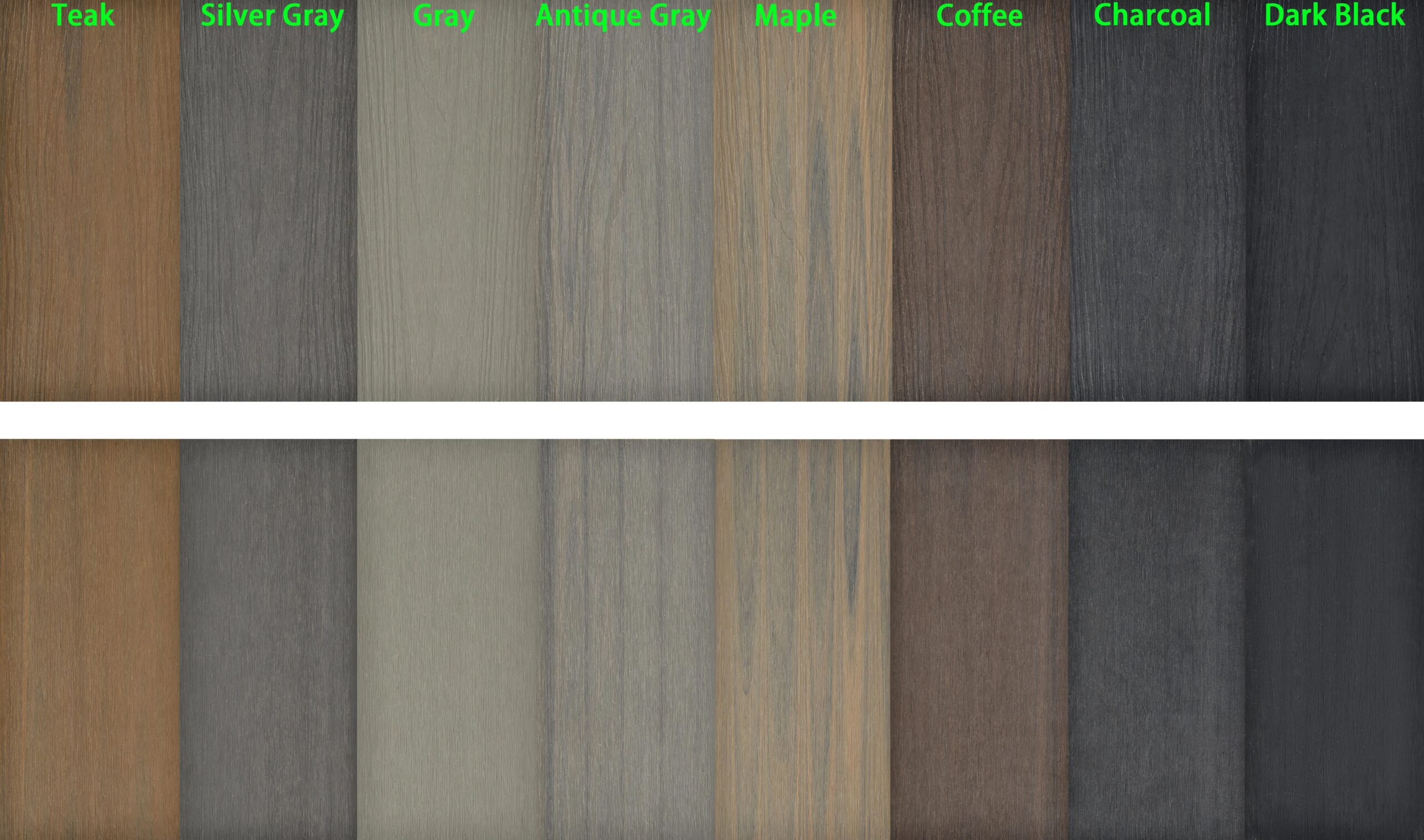
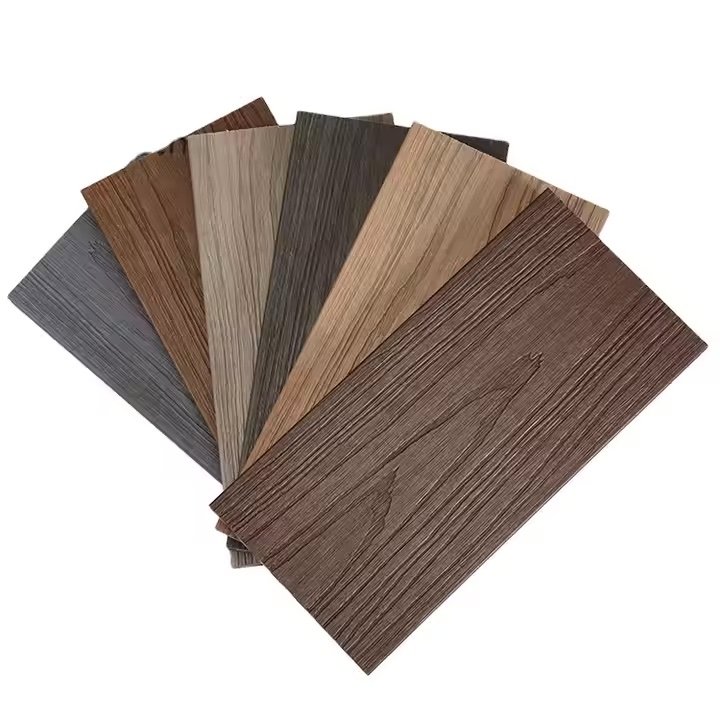
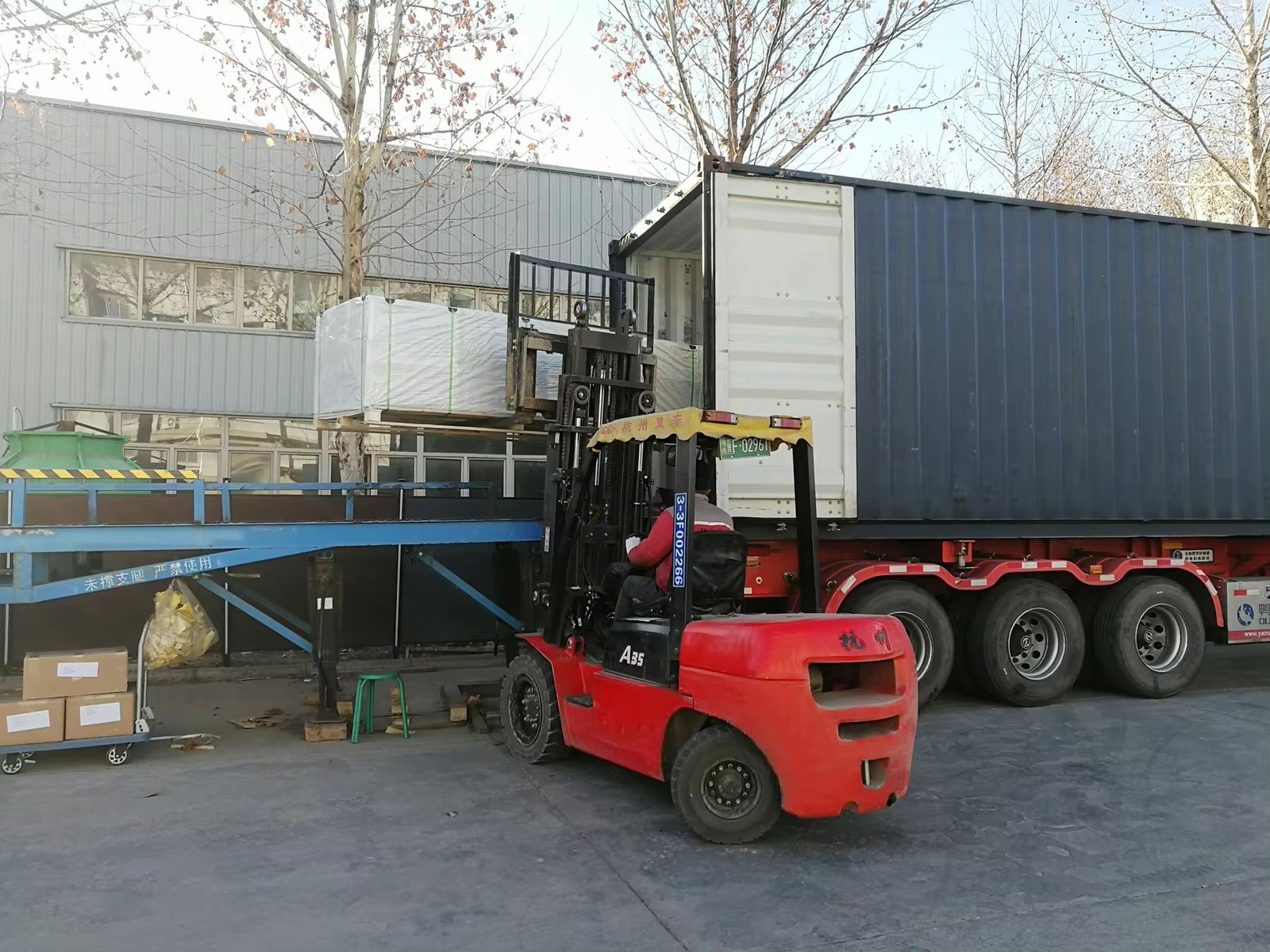
Why Choose Plastory?
Baoding Plastory New Materials Co., Ltd. is a manufacturer of decorative materials with over 9 years of experience and 56 separate production lines.
Currently, our annual production exceeds 30,000 tons, with products exported to more than 50 countries worldwide.
Plastory is the drafting unit of the WPC National Standards and has obtained certifications such as REACH, ASTM, CE, and FSC. Plastory is dedicated to maintaining consistent quality, focusing on details, and prioritizing customer satisfaction.
Our factory is located in Baoding, Hebei Province, China, with a prime location and convenient transportation access. Baoding is approximately a 1.5-hour drive from Beijing Capital International Airport and just 2 hours away from Tianjin Port, making it easy for global clients to visit and facilitating efficient shipping of goods. Our facility spans a large area, equipped with advanced production equipment and modern testing facilities to ensure that every batch of products meets the highest quality standards.
We warmly welcome clients from around the world to visit our factory, where you can see our production processes firsthand and experience our product quality. Please feel free to reach out to us—we are committed to providing you with the best products and services.
Kindly get in touch with us to request a product catalogue.

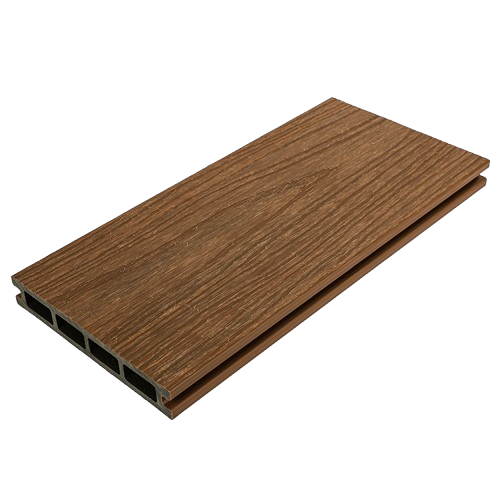
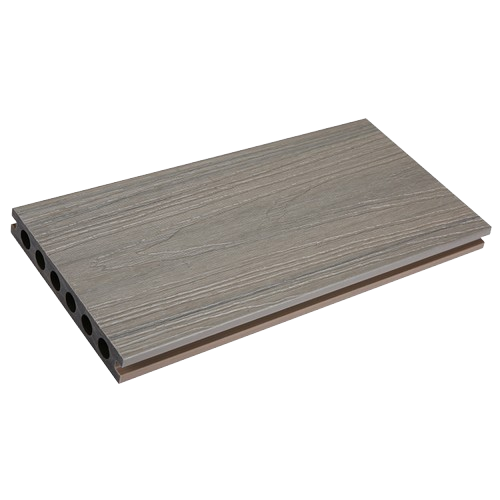
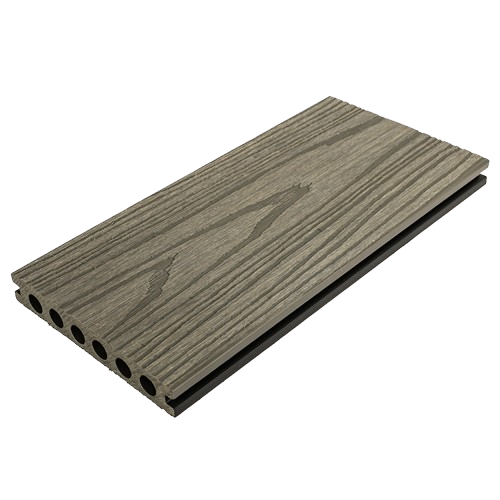
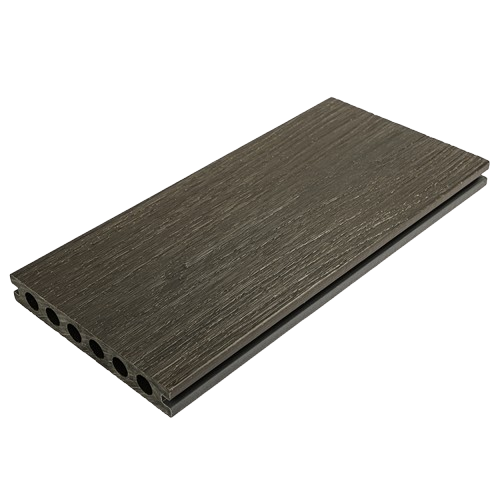
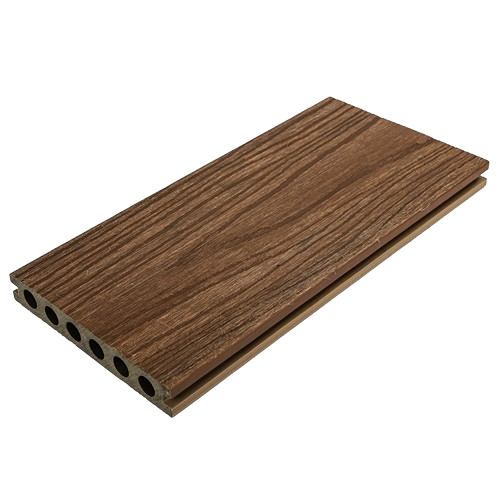
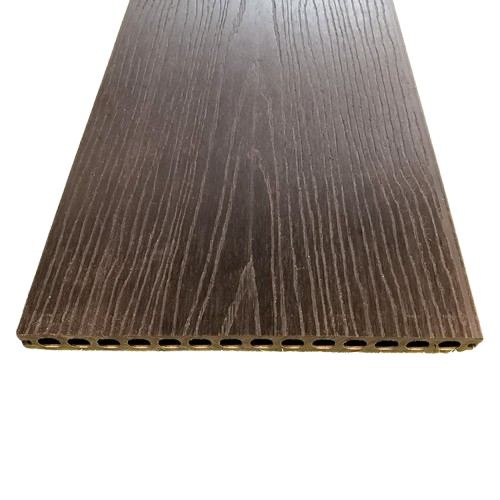
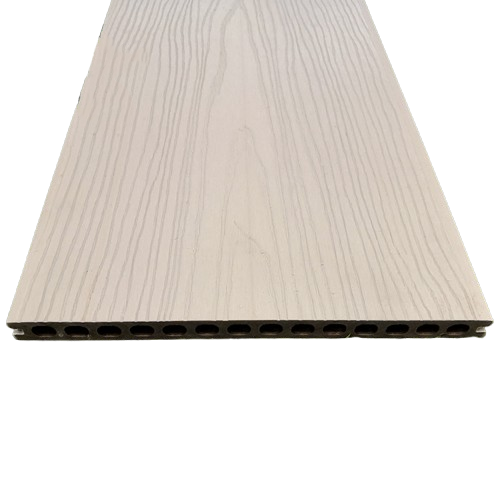
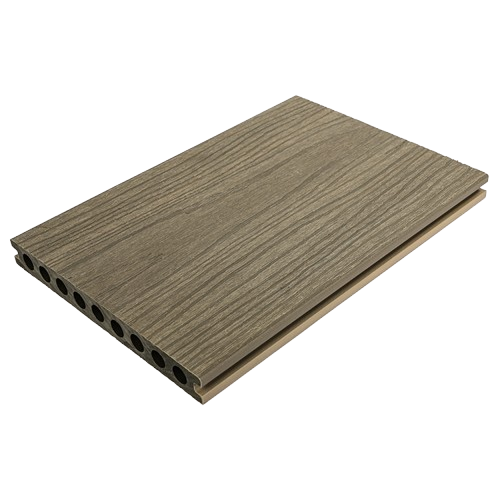
Reviews
There are no reviews yet.